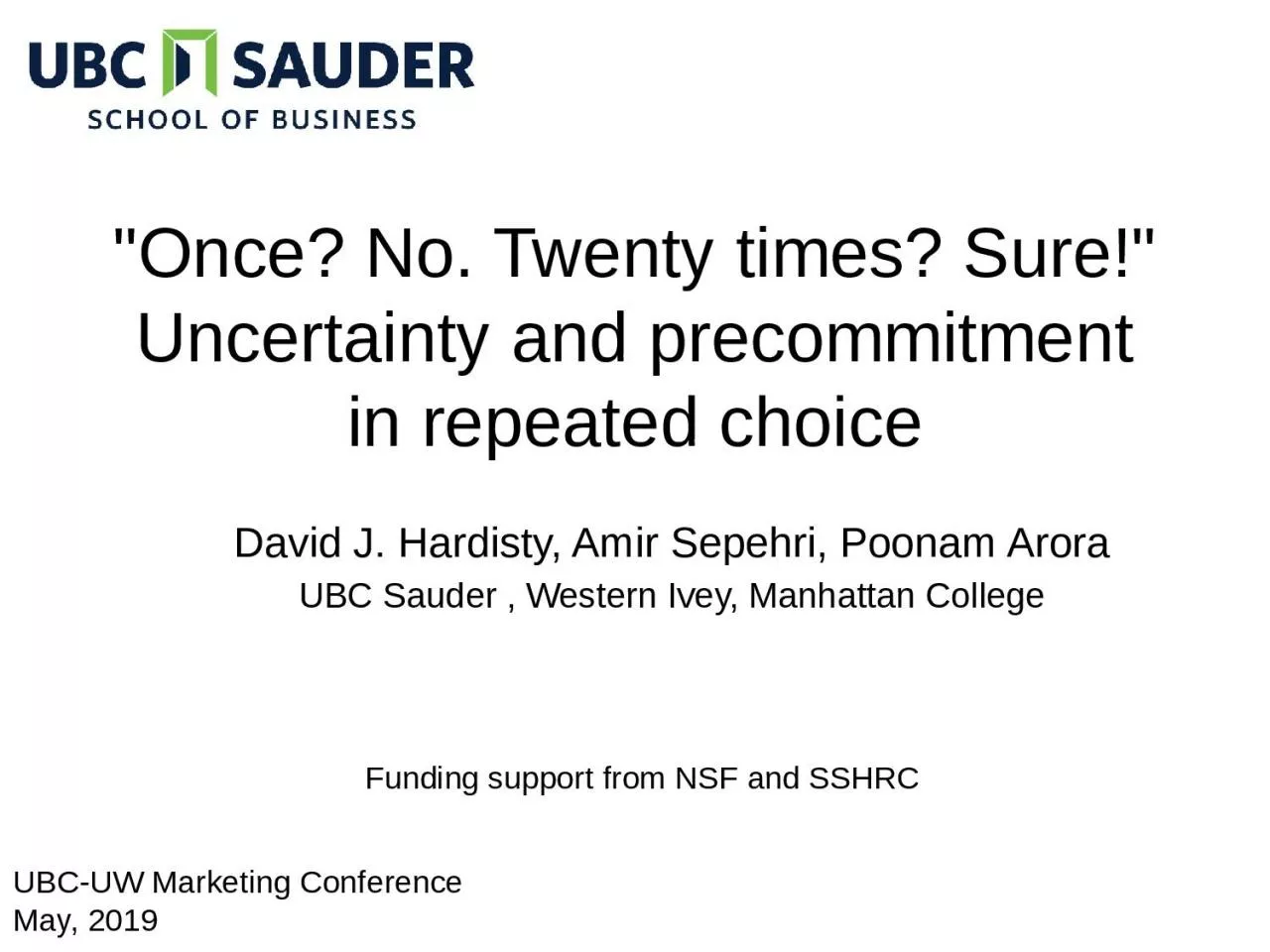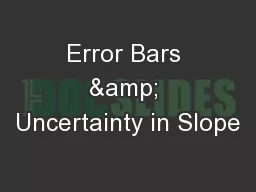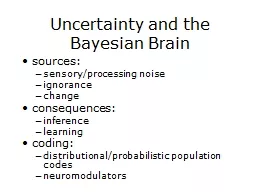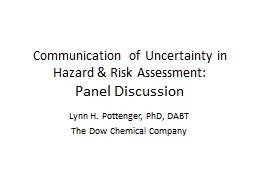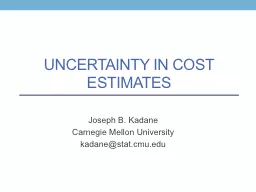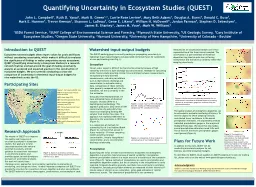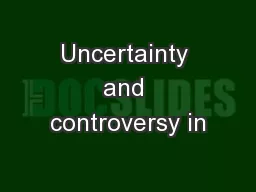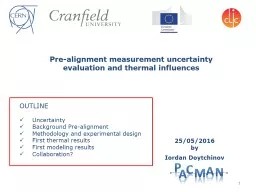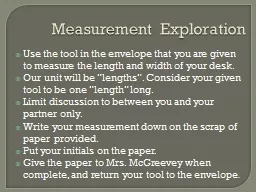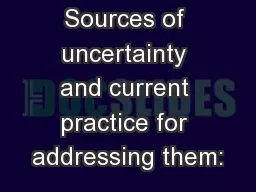PPT-"Once? No. Twenty times? Sure!" Uncertainty and
Author : isla | Published Date : 2023-11-03
precommitment in repeated choice UBCUW Marketing Conference May 2019 David J Hardisty Amir Sepehri Poonam Arora UBC Sauder Western Ivey Manhattan College Funding
Presentation Embed Code
Download Presentation
Download Presentation The PPT/PDF document ""Once? No. Twenty times? Sure!" Uncertai..." is the property of its rightful owner. Permission is granted to download and print the materials on this website for personal, non-commercial use only, and to display it on your personal computer provided you do not modify the materials and that you retain all copyright notices contained in the materials. By downloading content from our website, you accept the terms of this agreement.
"Once? No. Twenty times? Sure!" Uncertainty and: Transcript
Download Rules Of Document
""Once? No. Twenty times? Sure!" Uncertainty and"The content belongs to its owner. You may download and print it for personal use, without modification, and keep all copyright notices. By downloading, you agree to these terms.
Related Documents

